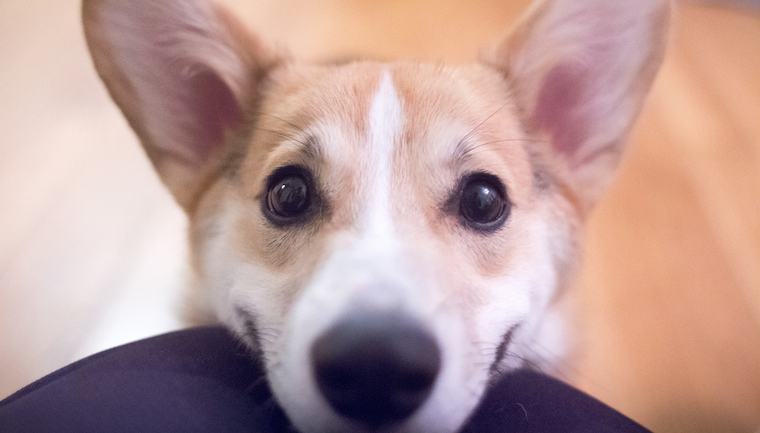Those sweet puppy eyes are no accident. According to a recent study, certain features help explain how dogs display such a range of facial expressions. Furthermore, the study states that early humans played a role in this process by selectively breeding dogs for these traits.
The Puppy Eye Gaze
“Dogs are unique from other mammals in…






